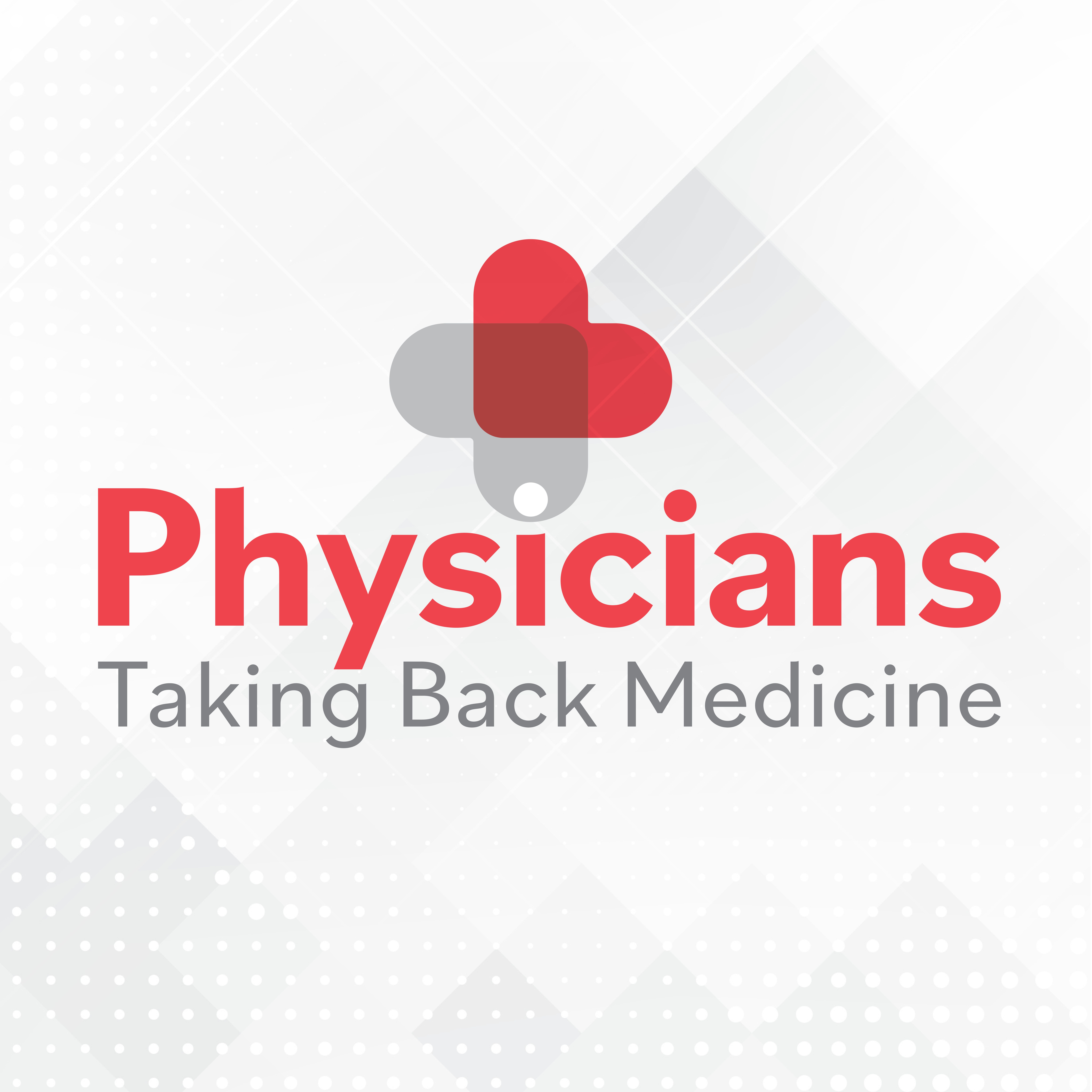News
Article
Primary care is harder to access since the COVID-19 pandemic
Author(s):
Key Takeaways
- Primary care access declined, with fewer practices offering extended hours and same-day appointments post-pandemic.
- Capability scores improved, notably in care for complex/high-needs patients, with gains in EHR integration and depression care.
A recent Dartmouth study finds primary care practices struggling with accessibility despite advances in practice capabilities since 2017-2018.
© DragonImages - stock.adobe.com

A study published today in JAMA Health Forum found that, while primary care capabilities in the U.S. have improved since the COVID-19 pandemic, access to care has worsened.
Researchers from Dartmouth’s Geisel School of Medicine analyzed survey data from 710 primary care practices between 2017-2018 and 2022-2023, determining that services including extended hours and same-day appointments became increasingly scarce, despite advancements in care delivery.
Declining access to primary care
According to the study, access to care — which is measured as extended weekday or weekend hours — was reported to decline between the two surveys. Practices offering weekend hours dropped from 44% in 2017-2018 to just 26% in 2022-2023, while extended weekday hours fell from 61% to 51%.
The use of advanced access scheduling — prioritizing same-day appointments — saw a sharp decline, down from 60% to 26%.
“The COVID-19 pandemic likely exacerbated the decline in accessibility of primary care, perhaps due to ongoing issues with staffing and burnout,” the authors noted, referencing a 2024 report, “No One Can See You Now,” which highlights the continued workforce shortages affecting primary care.
Improved capabilities
Despite the decline in accessibility, the study highlighted improvements in primary care capabilities, with the average capability score — measured on a 100-point scale — increased from 51 to 54. The most significant improvement was noted in care for patients with complex/high needs, where scores jumped from 46 to 61.
“Most capabilities improved over the course of the pandemic,” the authors of the study wrote. There were significant gains in electronic health record (EHR) integration and depression care processes. However, behavioral health integration remained largely unchanged, and the use of physician and clinician improvement processes saw a slight decline.
ACO participation and ownership
The study found that practices participating in accountable care organizations (ACOs) and those owned by hospitals or health systems generally reported higher capability scores.
“Capability scores were higher on average for more integrated practices,” the authors of the study wrote. ACO participants scored 12-13 points higher than nonparticipants.
Similarly, ownership structure played a role in capability differences. “For physician groups compared to independent practices, [there was a] 12-point difference,” consistent in both survey periods. Practices owned by hospitals or health systems also reported higher scores on average than independent practices.
The study raises concerns about how primary care practices can balance accessibility of care with improved quality of care. Although ACO participation and integrated ownership models appear to support better care capabilities, the decline in access could disproportionately impact patients who rely on independent practices.
The authors conclude that “variations across practices point to large opportunities for improvement overall, and underscore the importance of incentives, and structures, as levers to improve primary care delivery.”





